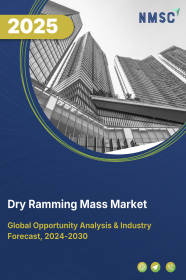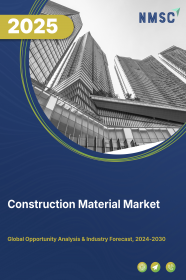
Gypsum Board Market by Type (Regular Gypsum Board, Fire & Moisture Resistant Boards, and others), by Installation (Screwing into Studs, Gluing to Concrete, and Others), by Product (Wallboard, Ceiling Board, and Pre-Decorated), by Thickness (6.5mm to 9.5mm, 9.6mm to 12.5mm 12.6mm to 15mm, and Above 15mm), by Application (Gypsum Board Partitioning, Ceilings and Wall Coverings, and Others), and by End-User (Residential, and Others) – Global Opportunity Analysis and Industry Forecast 2025–2030
US Tariff Impact on Gypsum Board Market
Trump Tariffs Are Reshaping Global Business
Gypsum Board Market Overview
The global Gypsum Board Market size was valued at USD 45.42 billion in 2024 and is predicted to reach USD 81.06 billion by 2030 with a CAGR of 10.2% from 2025 – 2030.
The factors driving the market growth include expansion in urbanization, rising construction activities, and sustainable construction growth. The options of fiber cement boards, plywood, and traditional plasters act as a significant restrain to the market growth. Several market players including Knauf, Saint Gobain and Yoshino Gypsum are adopting numerous approaches such as expansion of its business and launching of new products to enhance their market presence.
New recycling technologies create market opportunities in the years ahead. With newer and efficient recycling processes in the industry, manufacturers today reclaim and reuse gypsum material for production, thereby greatly reducing the need for virgin materials and lowering environmental impact.
Urbanization Driving Growth in the Industry
The increase in urbanization globally drives the gypsum board market demand because more cities need affordable, fire-resistant and easy to install building solutions. The April 2023 World Bank report suggested that 56% of the global population, i.e., around 4.4 billion people resided in the cities and is likely to grow more than double by 2050. This growing urbanization drives the demand for such boards in meeting the demands of modern infrastructure development.
The Rise in Construction Activities Drives the Gypsum Board Market Growth
The growing construction activities across the world are propelling the plasterboard market as there is a need for proper infrastructure development that in turn drives the consumption of building materials.
As per the report published by Next Move Strategy Consultancy, construction market size stood at USD 10.43 trillion in 2023, and is estimated to reach USD 16.10 trillion by 2030, with an estimated CAGR of 5.9% from 2024 to 2030. Thus, the expansion of construction sector showcases the significance of plasterboard in the development of contemporary infrastructure.
Sustainable Construction Driving Eco-Friendly Gypsum Board Adoption
The eco-green gypsum board is being stimulated by the development of sustainable building, thereby bolstering the expansion of the market. For instance, in October 2024, Saint Gobain launched its Carbon Low plasterboard, accounting 60% less embodied carbon. This product fits well-into the increased demand for sustainable materials that minimize environmental impact. Such shift towards sustainability, fosters innovation and growth in the gypsum board market.
Competition from Alternative Building Materials Hinders the Gypsum Board Market Expansion
The availability of alternatives such as fiber cement boards, plywood, and traditional plasters act as a significant restraint of the market. The alternatives are more suitable than plasterboards, especially for projects that need extra durability, weather resistance or a specific look.
The Advancement in Recycling Technologies Creates Opportunities
Developing recycling techniques provide a good opportunity in this field in the years to come. As processing of recycled material gets more and more efficient, producers reclaim and reuse gypsum material thereby eliminating the need for virgin resources and hallmarking the environment.
Market Segmentation and Scope of The Study
Gypsum board report is divided on the basis of type, installation, product, thickness, application, end-user, and region. On the basis of type, the market is divided into regular gypsum board, fire & moisture resistant boards, and others. On the basis on installation, the market is segmented into screwing into studs, gluing to concrete, and others. On the basis of product, the market is divided into wallboard, ceiling board, and pre-decorated. On the basis of thickness, the market is divided into 6.5mm to 9.5mm, 9.6mm to 12.5mm, 12.6mm to 15mm, and Above 15mm. On the basis of application, the market is categorized into gypsum board partitioning, ceilings and wall coverings, and others. On the basis of end-user, the market is divided into residential, commercial, and others. Regional breakdown and analysis of each of the aforesaid segments includes regions comprising of North America, Europe, Asia-Pacific, and RoW.
Geographical Analysis
Asia-Pacific dominates the gypsum board market share during the forecast period. The rapid urbanization drives the demand for cost-friendly and systematic construction resources such as plasterboards for residential and commercial spaces. As per World Bank, the urban population in Japan reported 92.04% in 2023. This trend is fueling the demand for efficient building solutions in the region.
Moreover, the continued development of the region's construction industry also fuels the growth of the market, with the rising demand for durable and versatile building solutions including gypsum boards in building projects.
According to the Ministry of Commerce and Industry, the FDI inflow into the construction sector in India reached USD 33.52 billion in 2023 from USD 26.54 billion in 2000. This growth highlights the rising adoption of plasterboard as a preferred solution for modern construction and efficiency in the sector.
On the other hand, North America's plasterboard market is experiencing steady growth due to sustainability and energy efficiency, while gypsum board industry is fueled by eco-friendly construction solutions being adopted by producers.
For instance, In July 2023, Saint Gobain invested USD 235 million to boost double the production capacity of certainteed gypsum manufacturing facility in this region. As the investment reflects the company’s commitment to reducing its environmental track meeting the rising demand for sustainable construction solutions.
Furthermore, rise in production capacity of crude gypsum in the region significantly contributes the growth of the market. With advanced industrial facilities and widespread availability of raw resources such as natural and synthetic gypsum, manufacturers meet the increasing demand for these versatile building supplies.
According to Mineral Commodity Summaries in January 2024, domestic production of crude gypsum in North America estimated to be 22 million tons with a value of about USD 264 million. The significant role in production level highlights the region’s meeting demands for gypsum-based products in various building and manufacturing submissions.
Competitive Landscape
Various key players in the gypsum board industry includes Knauf, Saint-Gobain, American Gypsum, Extex Group, Georgia-Pacific LLC, Yoshino Gypsum Co., Ltd, Gypsemna, USG Corporation, Gypfor, Lafarge Group, PABCO Gypsum, USG Boral, Everest Industries Limited, Holcim Group, Taishan Gypsum Co., Ltd, and others. These market players are opting strategies including product launches and business expansion to maintain their dominance in the market.
For example, in October 2024, Knauf expanded its business in Egypt by inaugurating a third factory that significantly increases production capacity, positioning the company to meet the growing demand for gypsum-based solutions in the country.
Moreover, In June 2023, Saint Gobain launched gypsum products including Habito Standard for heavy duty use, Rigiroc for moisture resistance and Glasroc X for external submissions. These modernizations aim to meet the rising demand for sustainable and durable solutions in modern building, further enhancing the gypsum board industry.
Additionally, in May 2023 Yoshino Gypsum launched gypsum wallboard fixing method called Smart JG that uses adhesive and magnet. The method uses a special tape solid adhesive JG02 and a special tool ‘Super Mag Chuck’ to fix boards to the iron base and layer them.
Key Benefits
-
The report provides quantitative analysis and estimations of the gypsum board industry from 2025 to 2030, which assists in identifying the prevailing market opportunities.
-
The study comprises a deep-dive analysis of the current and future gypsum board market trends to depict prevalent investment pockets in the market.
-
Information related to key drivers, restraints, and opportunities and their impact on the market is provided in the report.
-
Competitive analysis of the players, along with their market share is provided in the report.
-
SWOT analysis and Porters Five Forces model is elaborated in the study.
-
Value chain analysis in the market study provides a clear picture of roles of stakeholders.
Gypsum Board Market Key Segments
By Type
-
Regular Gypsum Board
-
Fire & Moisture Resistant Boards
-
Others
By Installation
-
Screwing into Studs
-
Gluing to Concrete
-
Others
By Product
-
Wallboard
-
Ceiling Board
-
Pre-Decorated
By Thickness
-
6.5mm to 9.5mm
-
9.6mm to 12.5mm
-
12.6mm to 15mm
-
Above 15mm
By Application
-
Gypsum Board Partitioning
-
Ceilings and Wall Coverings
-
Others
By End-User
-
Residential
-
Commercial
-
Others
By Region
-
North America
-
The U.S.
-
Canada
-
Mexico
-
-
Europe
-
The UK
-
Germany
-
France
-
Italy
-
Spain
-
Denmark
-
Netherlands
-
Finland
-
Sweden
-
Norway
-
Russia
-
Rest of Europe
-
-
Asia-Pacific
-
China
-
Japan
-
India
-
South Korea
-
Australia
-
Indonesia
-
Singapore
-
Taiwan
-
Thailand
-
Rest of Asia-Pacific
-
-
RoW
-
Latin America
-
Middle East
-
Africa
-
Key Players
-
Knauf
-
Saint-Gobain
-
American Gypsum
-
Extex Group
-
Georgia-Pacific LLC
-
Yoshino Gypsum Co., Ltd
-
Gypsemna
-
USG Corporation
-
Gypfor
-
Lafarge Group
-
PABCO Gypsum
-
USG Boral
-
Everest Industries Limited
-
Holcim Group
-
Taishan Gypsum Co., Ltd
REPORT SCOPE AND SEGMENTATION:
|
Parameters |
Details |
|
Market Size in 2024 |
USD 45.42 Billion |
|
Revenue Forecast in 2030 |
USD 81.06 Billion |
|
Growth Rate |
CAGR of 10.2% from 2025 to 2030 |
|
Analysis Period |
2024–2030 |
|
Base Year Considered |
2024 |
|
Forecast Period |
2025–2030 |
|
Market Size Estimation |
Billion (USD) |
|
Growth Factors |
|
|
Countries Covered |
28 |
|
Companies Profiled |
15 |
|
Market Share |
Available for 10 companies |
|
Customization Scope |
Free customization (equivalent to up to 80 working hours of analysts) after purchase. Addition or alteration to country, regional, and segment scope. |
|
Pricing and Purchase Options |
Avail customized purchase options to meet your exact research needs. |








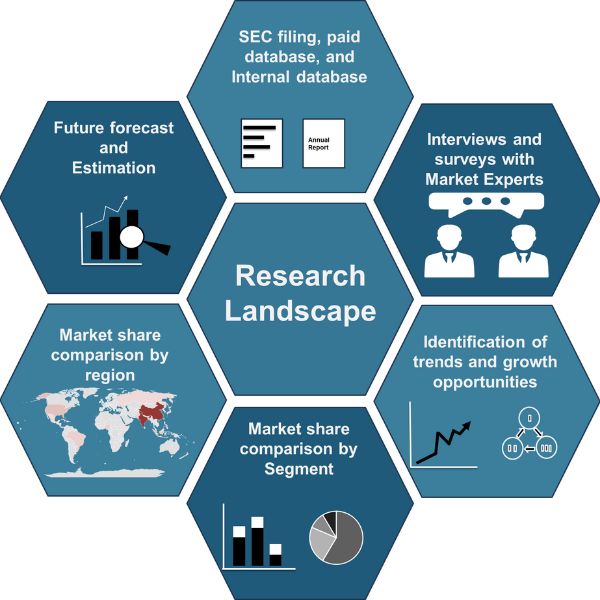





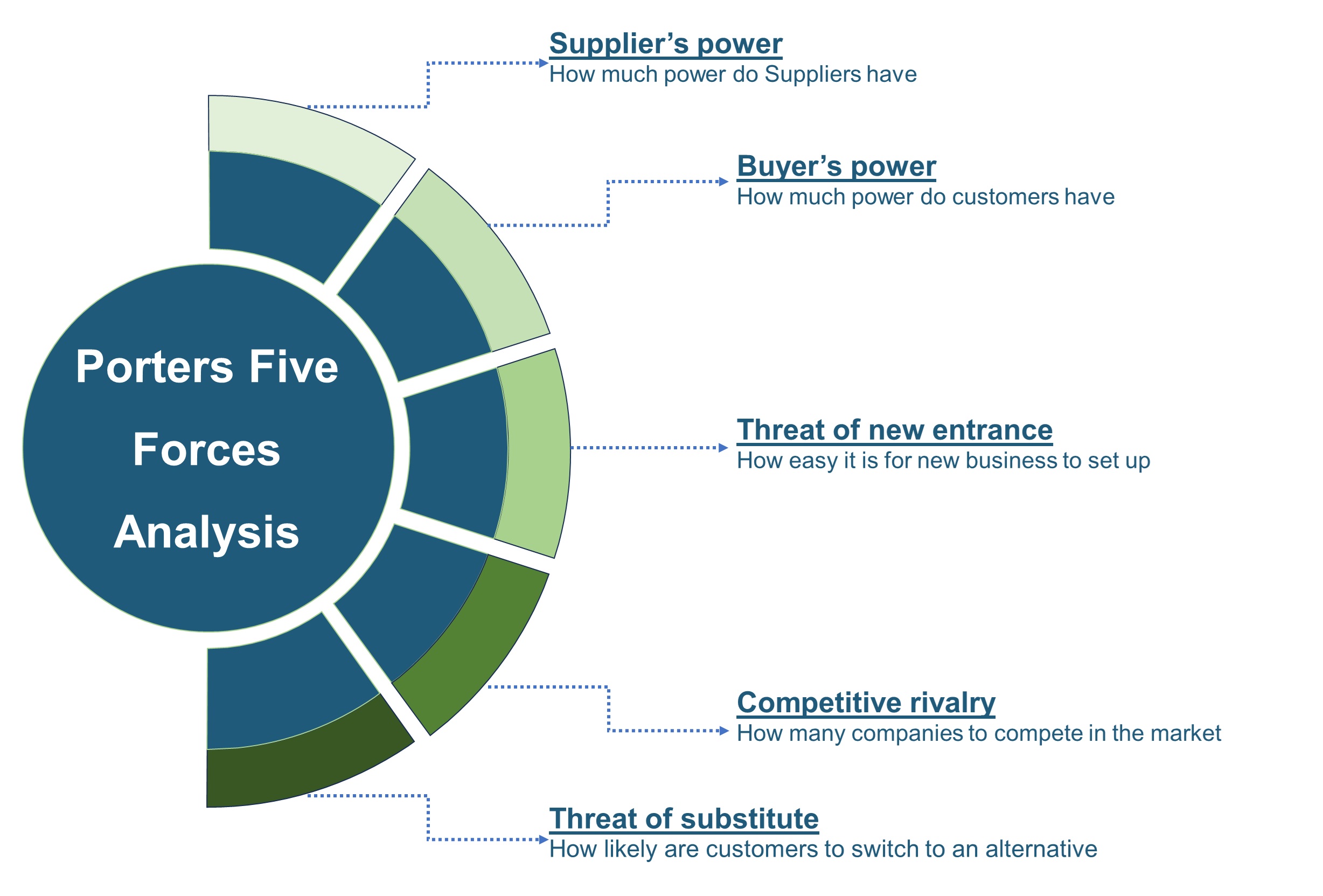

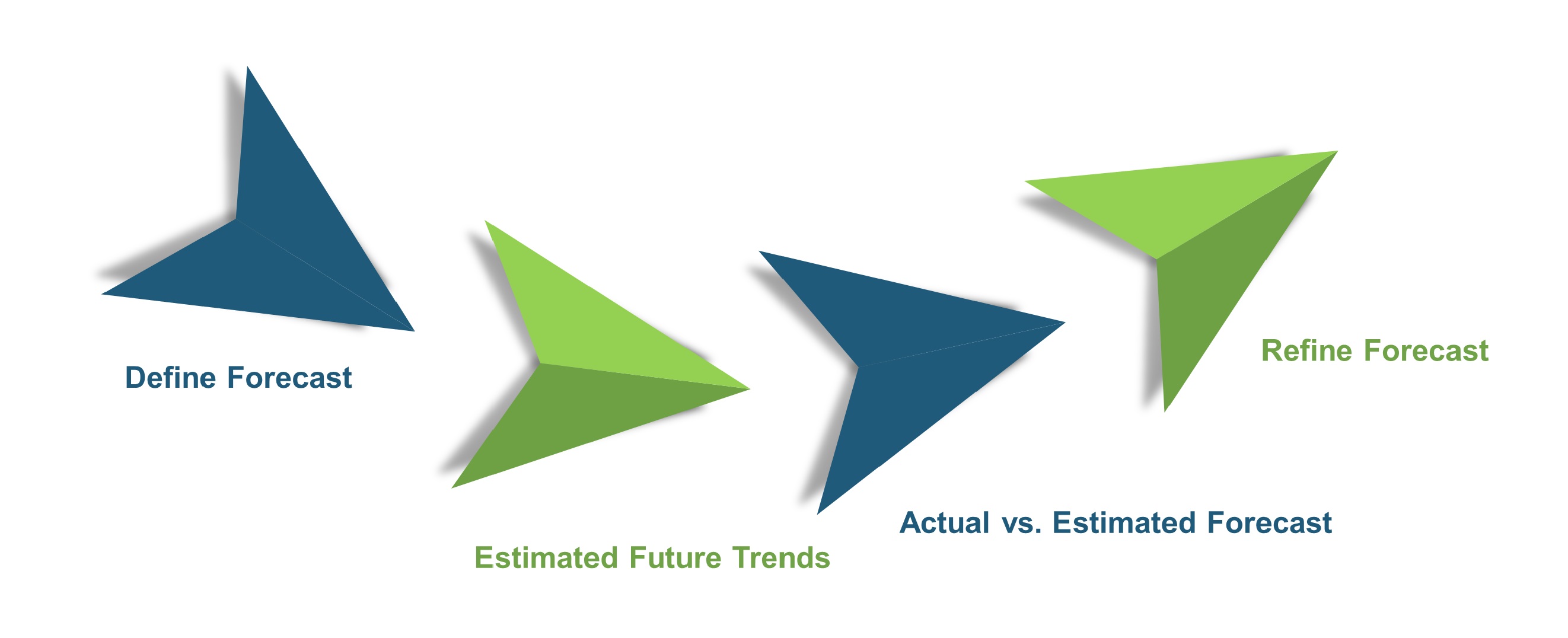
 Speak to Our Analyst
Speak to Our Analyst



